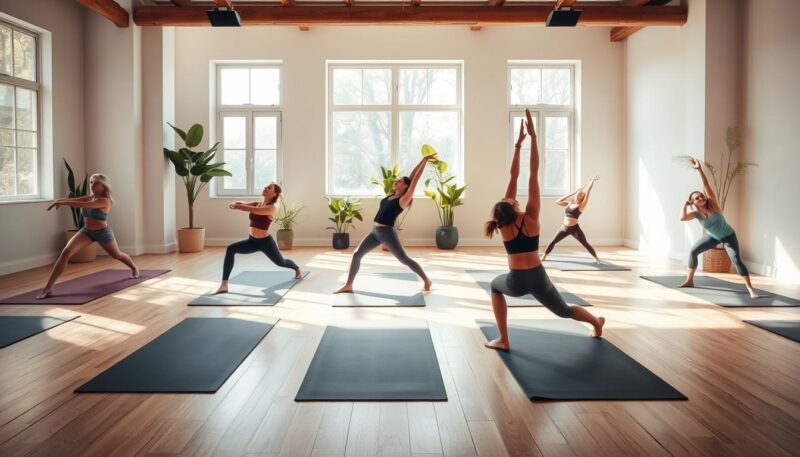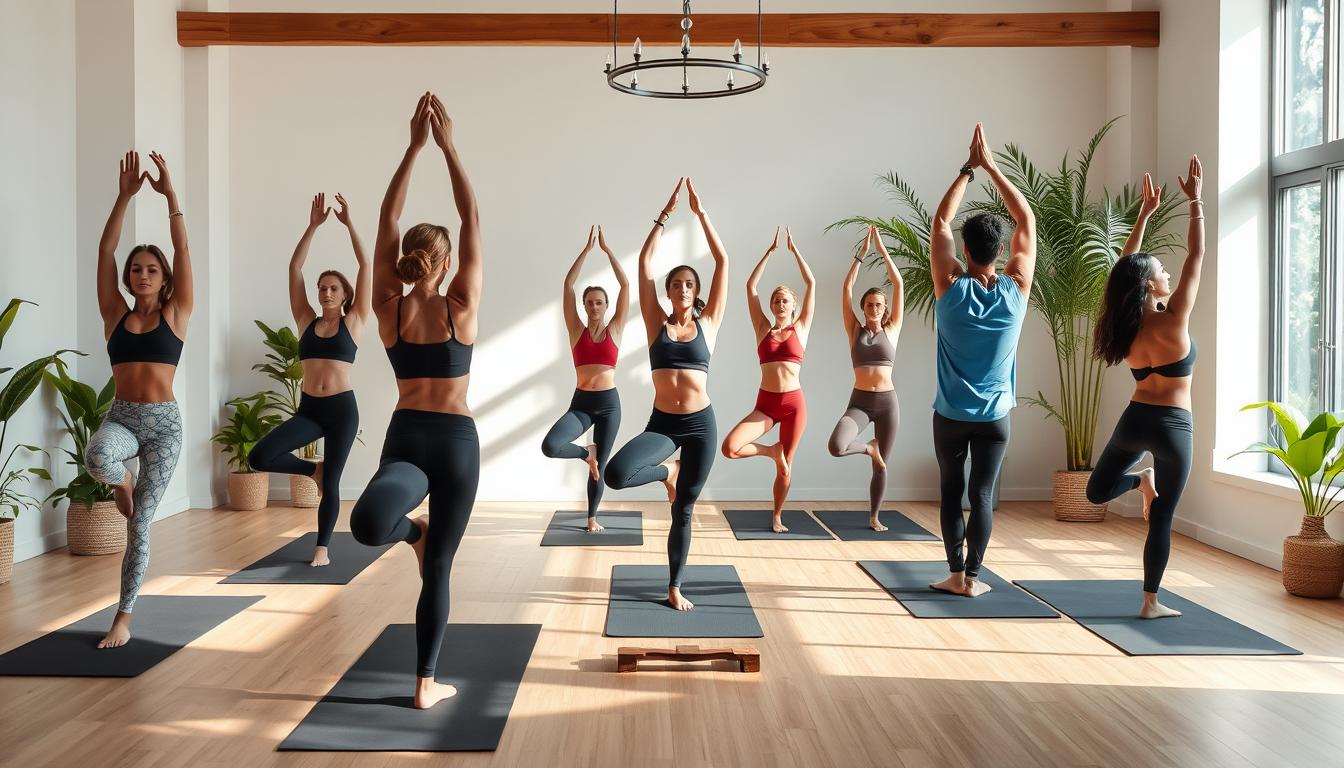When most people think of yoga, they often envision serene environments, fluid movements, and an emphasis on flexibility and relaxation. However, yoga is a multifaceted practice that transcends these traditional perceptions. You may be surprised to learn that, in addition to enhancing your flexibility and promoting relaxation, yoga can significantly contribute to muscle building and strength development. Numerous studies suggest that yoga effectively facilitates lean muscle mass development through unique principles such as body weight resistance and strength-building poses.
For instance, a 2015 study showcased the positive impact of regular Hatha yoga practice, revealing marked improvements in both muscular strength and lower-back flexibility over just 12 weeks. As you consider incorporating yoga into your fitness journey, it’s important to recognize how the practice intertwines strength and flexibility, thereby enhancing your overall physical capability. This article delves into the connections between yoga and muscle building, highlighting how you can leverage this ancient practice to cultivate strength and endurance while fostering your mind-body connection.
Understanding the Link Between Yoga and Muscle Building
Yoga has gained recognition for its role in physical fitness, particularly for those aiming to enhance their muscle structure and tone. Your journey toward building muscle with yoga can lead you down a path of improved body awareness and strength. This practice encourages not only flexibility but also the development of muscular strength tailored for various fitness backgrounds.
The Nature of Muscle Growth through Yoga
Muscle growth through yoga encompasses several key mechanisms. Performing poses with intention and focus creates an environment for muscle activation. Engaging in strength-enhancing yoga encourages muscle fibers to respond and adapt, similar to traditional strength training. Here are important factors that come into play:
- Progressive Overload: Gradual progression in pose difficulty results in increased muscle demand.
- Mechanical Stress: Holding challenging poses for longer periods leads to muscle micro-tears, enhancing strength as they heal.
- Metabolic Stress: Strenuous movements generate a significant exertion level, promoting muscle development.
Principles of Strength Training in Yoga
The essence of muscular yoga lies in its ability to build internal, lean muscle through various body-weight techniques. Instructors prioritize proper technique, essential for safely developing strength while minimizing injury risk. By engaging smaller muscle groups and connective tissues, yoga for toning fosters an all-around toned physique.
This comprehensive muscle development can lead to improved posture, core strength, and back muscles, making yoga an invaluable functional strength training method suitable for everyday activities. Incorporating yoga into your fitness routine can create a balanced regimen of endurance and strength, essentially combining the benefits of various training methods for optimized performance.
Does Yoga Build Muscle? Unpacking the Evidence
You might wonder how effective yoga really is for building muscle. Research does indicate that various types of yoga can significantly enhance muscle tone and strength. A noteworthy study from 2020 found that regular yoga practice correlates strongly with increased muscle strength, which plays a vital role in maintaining overall wellness and spinal health.
Research Insights on Yoga and Muscle Development
Scientific studies illustrate that muscle growth happens when fibers endure stress, such as through weightlifting. This stress leads to microscopic tears, prompting the body to repair these fibers, resulting in larger and stronger muscles. While traditional strength training techniques are vital, yoga adds another layer to this process. The resilience built through yoga practice contributes to muscle protein synthesis, promoting broader strength development. Aim for a balanced approach that combines both methodologies for optimal results.
Types of Yoga for Muscle Toning and Strength
Diversifying your yoga practice can specifically target muscle toning and strength. Consider these types of yoga:
- Vinyasa Yoga: This dynamic style emphasizes flow and breath synchronization, challenging core and upper body strength.
- Power Yoga: Focused on strength-building, this vigorous practice elevates heart rates and fosters muscle endurance.
- Ashtanga Yoga: A structured series of poses that builds strength and flexibility, often demanding discipline and commitment.
- Hatha Yoga: Incorporates a variety of poses held longer, promoting stabilization and developing lean muscle.

Integrating these types of yoga into your routine ensures well-rounded muscle development while preventing training plateaus. From arm balances that engage those smaller muscle groups to inverted poses that enhance overall strength, these practices have much to offer.
The Role of Muscle-Endurance in Yoga
Muscle-endurance plays a significant role in the effectiveness of yoga for strength and muscle toning. Holding poses for extended periods not only boosts stability but also simulates traditional resistance training benefits. This endurance training complements the typical needs of muscle growth by facilitating higher muscle activation. As you progress, consider integrating techniques that focus on endurance to establish a solid foundation for more intense workouts. Remember, the interplay between strength, flexibility, and endurance is paramount in optimizing your yoga practice for muscle gains.
Conclusion
In conclusion, integrating yoga into your fitness routine can significantly contribute to both yoga and muscle building. The evidence suggests that not only does yoga enhance your flexibility and strength, but it also aids in building muscle through various styles such as Ashtanga, Vinyasa, and Power Yoga. Each of these practices promotes movements that require effort from multiple muscle groups, allowing for an efficient means of building muscle with yoga while fostering endurance and coordination.
Your commitment to yoga can lead to tangible results, as evidenced by studies showing weight loss of about 2-4 kgs over ten weeks through regular practice, alongside increased leg strength and core stability. Holding poses like the Plank for 15 to 60 seconds, or Warrior I for 5 to 15 breaths, directly contributes to muscle endurance and tension generation, which are essential for effective strength development.
Ultimately, by embracing yoga, you establish a balanced approach to physical health that transcends simple muscle growth. Allow yourself to experience the holistic benefits of improved posture, enhanced mental clarity, and robust overall wellbeing. This path paves the way for a healthier, stronger, and more resilient body, harmonizing your journey of flexibility and strength.

